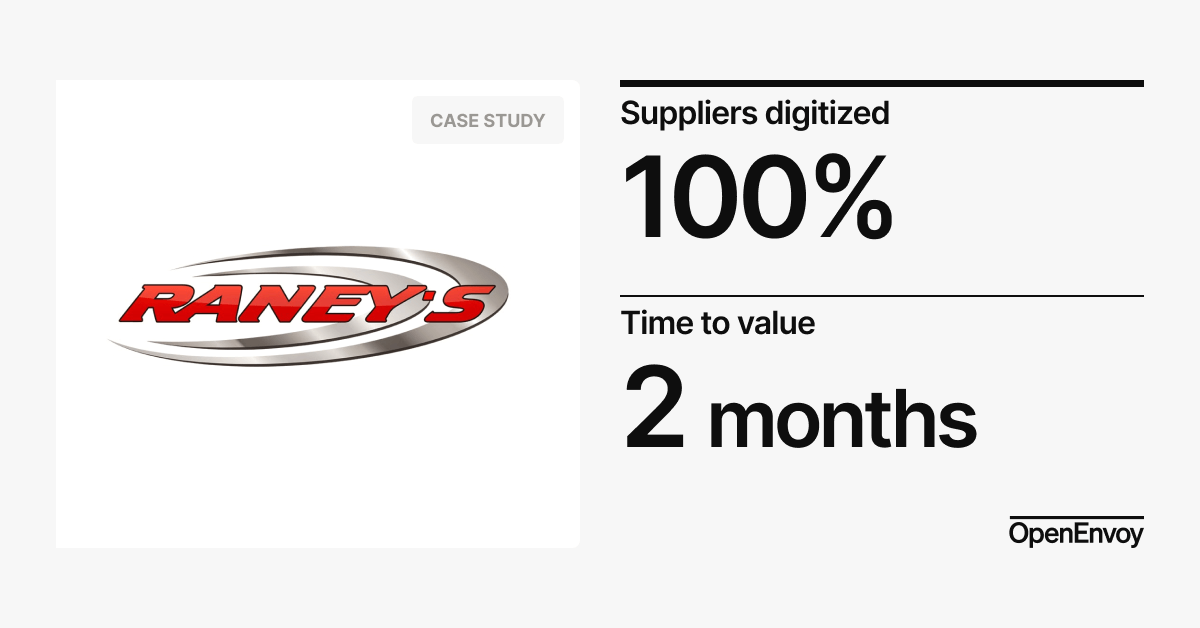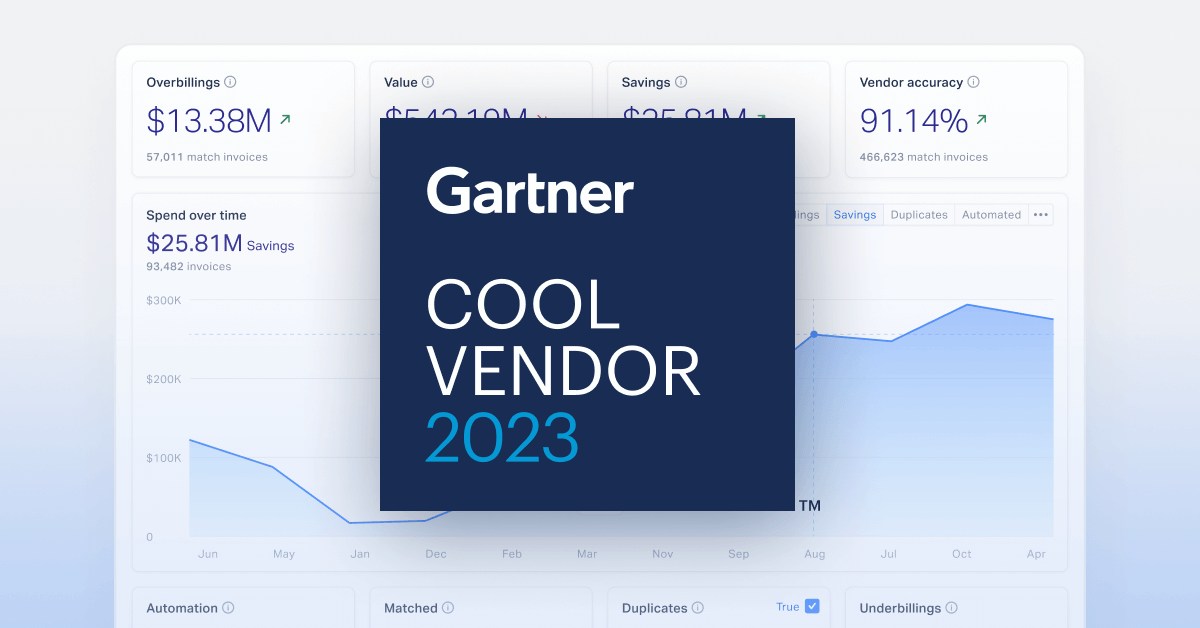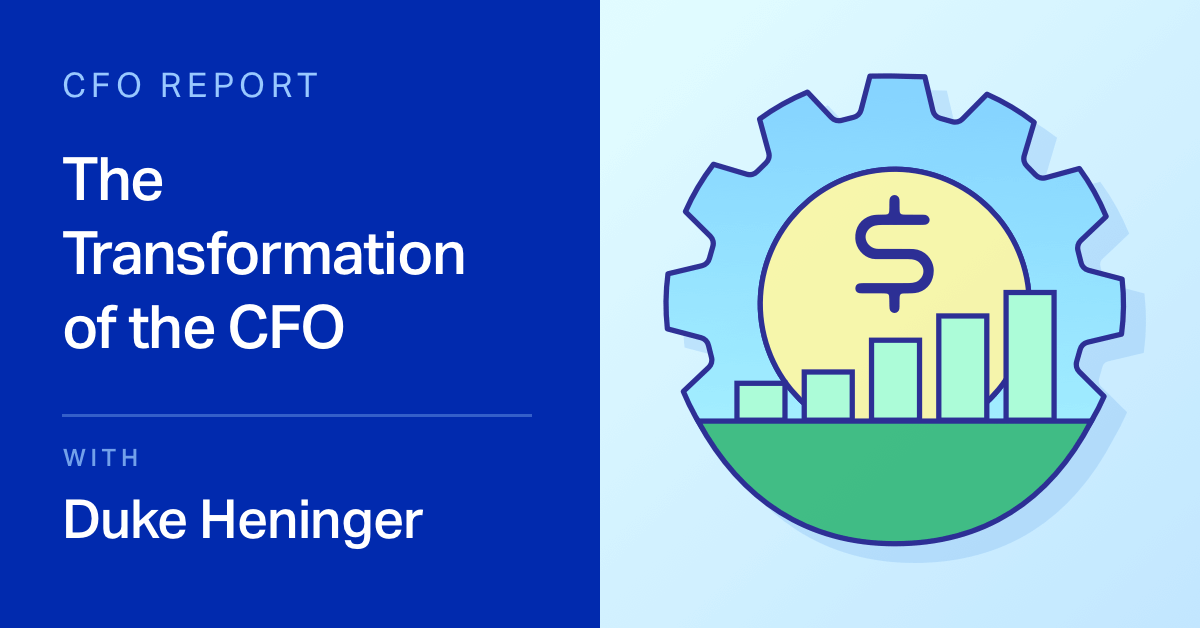Since the pandemic businesses have been looking to overcome increasing market volatility and reduce the complexity of their supply chains. Developing a strong alliance between the CFO (chief financial officer) and CSCO (chief supply chain officer) can improve customer experience, strengthen vendor relationships, increase revenue, and minimize supply chain disruptions.
The finance function adjoins every unit within the company and can help guide each through their individual challenges with tools like scenario planning and real-time insights. Successful forward-thinking companies have made the connection between a strong supply chain and their finance teams. For those who have not, the disruption caused by COVID-19 has generated an urgency to protect the supply chain. A recent Harvard Business Review study showed over 70% of companies believed their key supply chain capabilities such as supply planning, demand planning, vendor risk management, procurement, and inventory management were digitally immature.
The CSCO can mitigate supply chain threats by bringing the CFO on as a business partner. Together the CSCO and CFO can implement technologies to help facilitate cross-functional planning and efficiency throughout the supply chain.
Turning Supply Chain Chaos Into Opportunity
The health of a company’s supply chain directly impacts its growth potential and overall business viability. Traditionally the CSCO has managed the efficiency of the supply chain and ensured that the company acquired inventory at a price that maintained expected margins. Having a healthy level of checks and balances between the CFO and CSCO regarding inventory levels and capital allocation for investments was once sufficient, but that is no longer the case in today's unpredictable marketplace. The lasting effects of the pandemic are indisputable but growth-oriented business leaders see the gaps in their processes as an opportunity to enhance their operating models and create a synchronized, resilient supply chain.
End-to-end visibility throughout the supply chain is a necessity. According to McKinsey & Co., during the pandemic 85% of supply chain executives struggled with inefficient digital technologies and 91% had problems with vendors. One of the biggest needle movers that the finance team can bring to this partnership is digital capabilities and the aptitude for analyzing sets of data. With the CFO and CSCO working together they can power their supply chain and create enterprise value by leveraging the latest artificial intelligence and machine learning to unlock end-to-end visibility. Real-time automation creates visibility into tier-2 and tier-3 vendors and performance tracking to improve contract negotiations, prioritization of relationships with quality vendors, and enables quicker strategic decision-making.
The Importance of the Power Team
The CSCO does not have to function in a silo as the CFO can help with supply chain management efforts to create value and profit. Enhanced cross-departmental collaboration is critical to meeting long-term business goals and building effective strategies. The CFO and CSCO will have to take major steps to stabilize and optimize the supply chain, starting with increasing digital capabilities for leaner processes and predictive insights. Process improvements are dependent on end-to-end visibility, collaboratively the C-suite leaders can commit to using the latest automation technology to address cross-functional issues.
According to the Harvard Business Review, businesses must prioritize their digital supply-chain investments in three areas: visibility, planning, and collaboration. Disruptions are no longer occasional; the C-suite should proactively anticipate threats and build capacities to mitigate the damage. Combining end-to-end supply chain visibility with strategic forecasting can deliver robust outcomes. The finance function can support this effort by linking the vendor ecosystem and operational decisions to their impact on financial performance and customer satisfaction.
Ultimately, it is up to the CFO and CSCO to form a data-driven organization and incorporate process integration that yields an impact on the bottomline. Upleveling the supply chain capabilities and making sense of the complex network of vendors and customers is not an overnight effort. With time, the right technology, and a cross-functional team approach, the enterprise can expect a significant change in the reliability of its supply chain.



-1.png?width=620&height=620&name=1600x1600_Cover-4%20(1)-1.png)


